Burmese: Cat Breed Profile, Characteristics & Care
Burmese cats are medium-sized felines with strong, muscular bodies, rounded heads, and expressive gold eyes—and though they look like small cats, they can weigh more than you think. These affectionate and intelligent kitties may descend from an ancient breed in Myanmar (formerly Burma), but they were officially bred in the United States in the 1930s.
This breed is vulnerable to a genetic skeletal disorder, but it can be ruled out with a simple DNA test, so you should be able to buy or adopt one with confidence in their health. A Burmese will likely get along with everyone in a family, including friendly dogs, so this cat makes a charming addition to just about any household.
Learn all about Burmese cats, including their history, temperament, and care needs.
Breed Overview
Personality: Friendly, affectionate, sociable with other animals, playful
Weight: Up to 14 pounds
Length: Up to 18 inches
Coat Length: Short hair
Coat Colors: Sable, champagne, platinum, blue, and variations of each
Coat Patterns: Solid
Eye Color: Gold
Lifespan: Up to 18 years
Hypoallergenic: No
Origin: United States (but likely dates back to ancient Burma)
Burmese Cat Characteristics
The Burmese cat is a character, full of energy and playful whims. Their kitten-like personality persists into adulthood, and this cat has also been described as being almost dog-like in their devotion to their human family.
When the Burmese isn't playing, they are probably following their owner around or snuggling in for a nap. These are cuddly cats that enjoy being with people. Females are more likely to be actively in charge of a household, while males supervise from the comfort of a lap. Both sexes have soft, sweet voices and enjoy "conversing" with people.
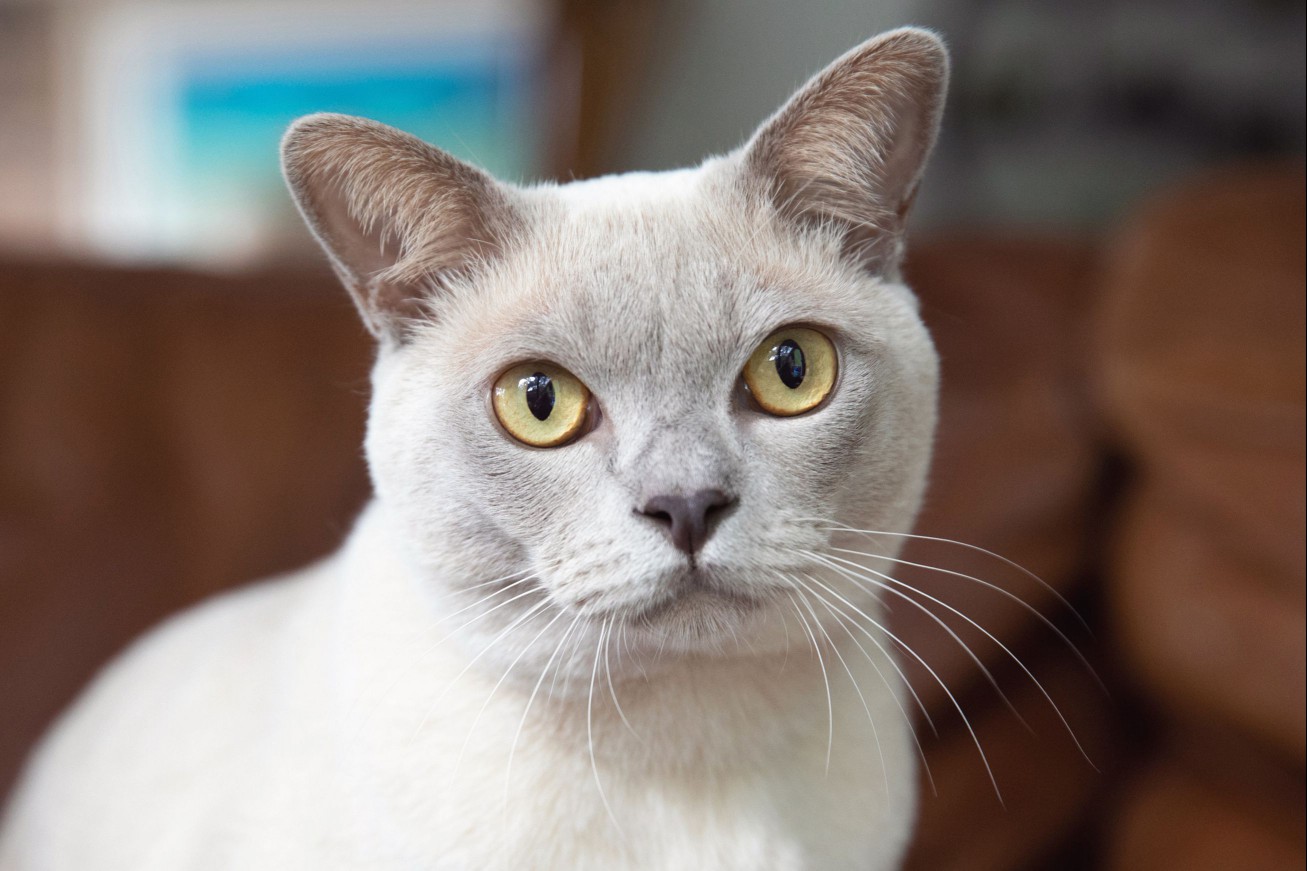
The Spruce / Kristie Lee
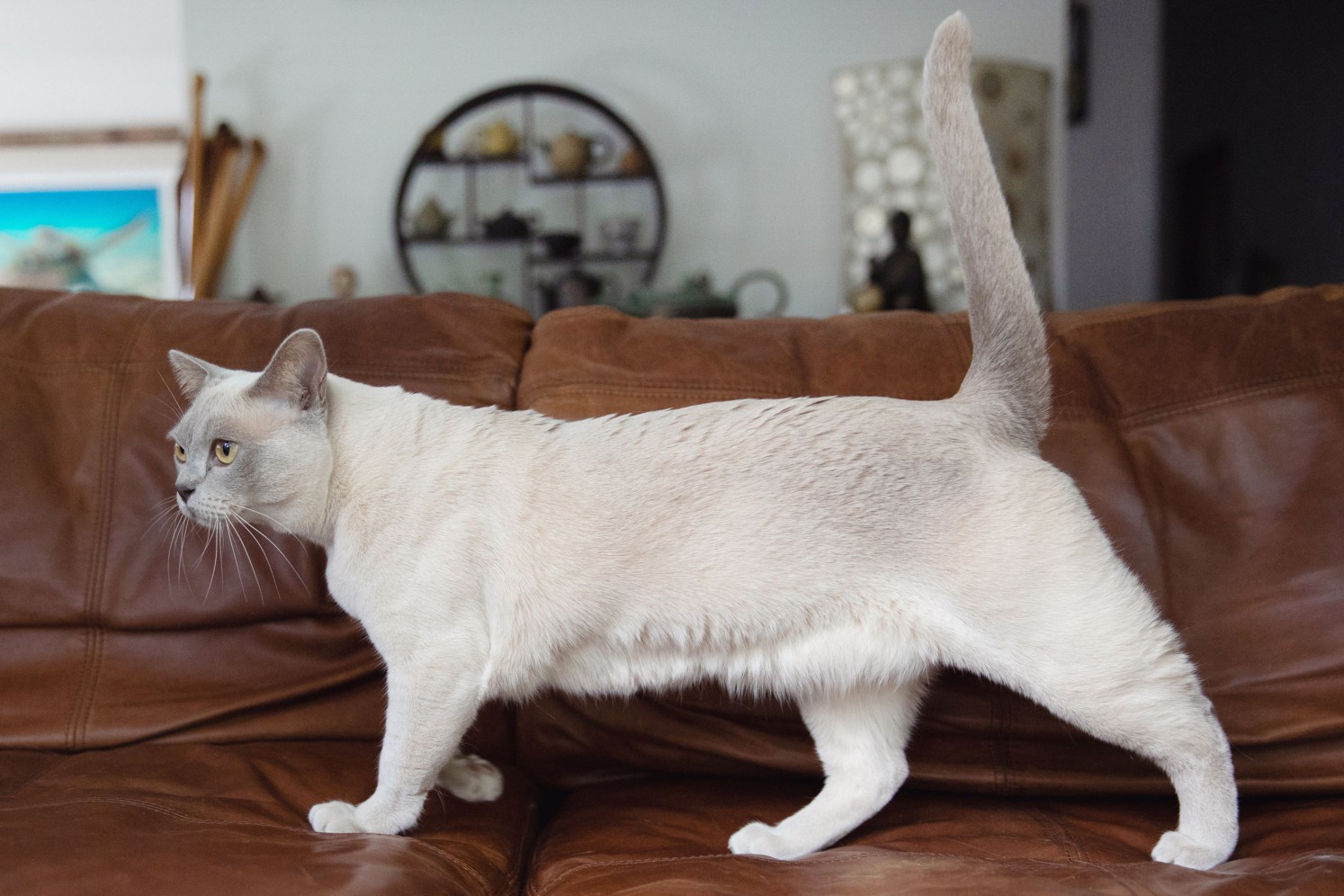
The Spruce / Kristie Lee
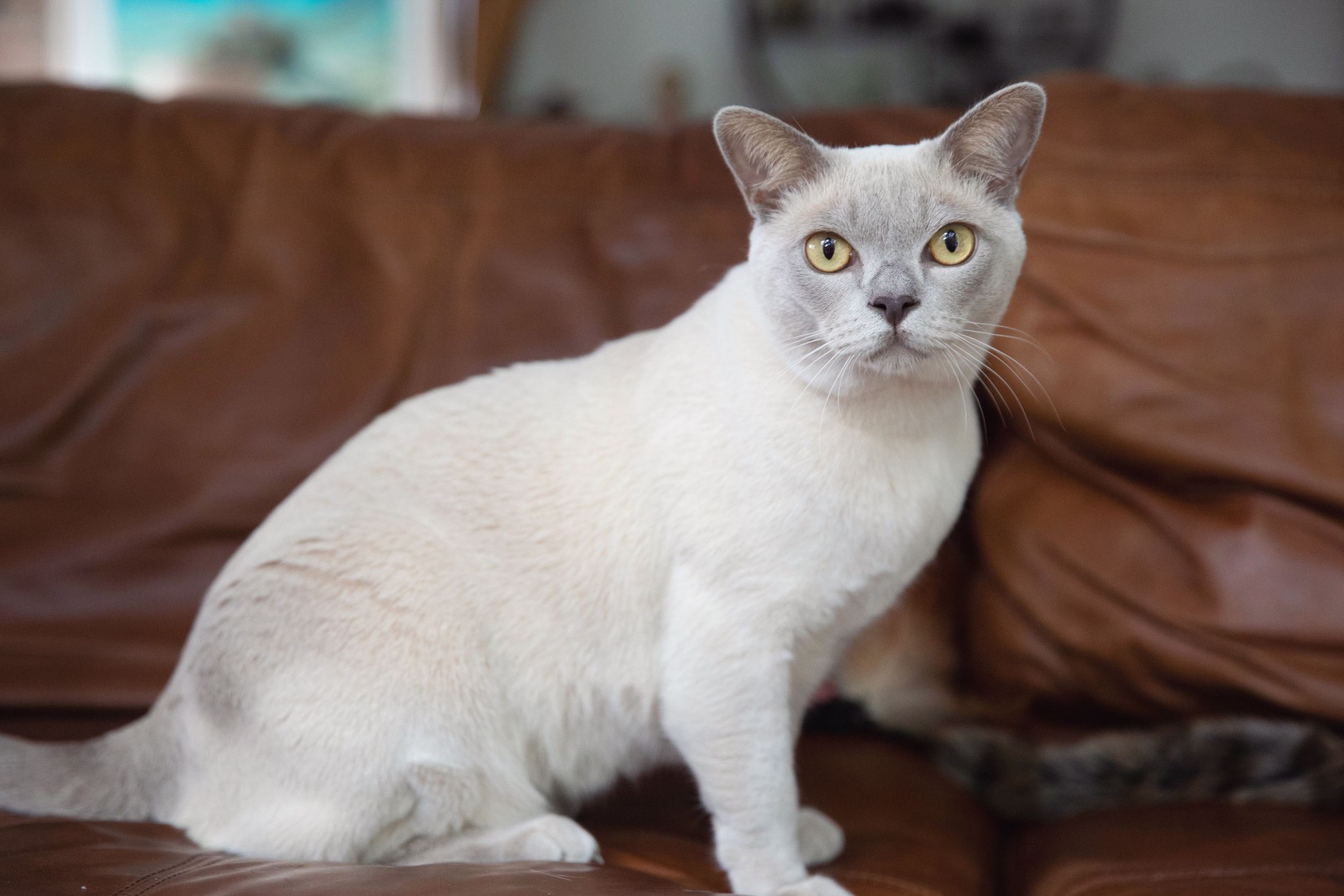
The Spruce / Kristie Lee
| Affection Level | High |
| Friendliness | High |
| Kid-Friendly | High |
| Pet-Friendly | High |
| Exercise Needs | High |
| Playfulness | High |
| Energy Level | High |
| Intelligence | High |
| Tendency to Vocalize | Medium |
| Amount of Shedding | Low |
History of the Burmese Cat
In Myanmar (formerly called Burma), legend has it that cats of this breed were viewed as sacred and celebrated in temples and monasteries. All sources agree that the “founding mother” of the Burmese breed was Wong Mau, a cat who was brought to America from Burma by a sailor in 1930 and given to Dr. Joseph G. Thompson of San Francisco.
Wong Mau was purportedly walnut brown with darker points, having a more compact body and shorter tail than a Siamese. Her unique appearance led Dr. Thompson to engage in a breeding program, pairing Wong Mau with Tai Mau, a seal point Siamese.
Some of the kittens more closely resembled the Siamese breed, while some looked more Burmese. Wong Mau was then bred to one of her sons, and the kittens were varying shades of brown. The darkest brown offspring became the foundation of the Burmese breed.
The Burmese and European Burmese are the two types of this breed recognized by the Cat Fanciers' Association. The Governing Council of the Cat Fancy, which sets standards for cats in the U.K., recognized the Burmese in 1952. The International Cat Association, an organization at the forefront of keeping genetic registries for cats, accepted the breed in 1979.
Burmese Cat Care
The Burmese is a low-maintenance cat that doesn’t require a lot of grooming and will be happy interacting with you, playing with various toys, and relaxing on a cat tree.
Exercise
It is important to keep your Burmese cat active. They are playful and energetic and do best in active homes with families that are willing to play and interact with their pets.
These cats are highly trainable and enjoy interactive challenges. They also enjoy jumping, climbing, and looking out the window, so they’ll benefit from cat trees and window perches.
Shedding
Burmese cats require minimal grooming and do not shed much. You may notice more shedding during certain seasons, such as in the spring and fall.
Grooming
Burmese cats' coats are short and fine with a glossy, silky shine. Grooming your cat with a rubber brush once a week should be enough to rid the coat of dead hairs and keep it looking lustrous.
Also, brush your cat’s teeth, trim their nails, and check and clean their ears on a regular basis. If you notice any symptoms, such as signs of gum disease or ear infection, see your veterinarian.
Common Health Problems
Burmese are generally healthy, but they can be susceptible to the following:
- Familial episodic hypokalemic polymyopathy: This is an inherited disease that causes skeletal muscle weakness. There is a simple DNA test to check a cat for this disorder, and responsible breeders should offer documentation showing their cats are free of the offending gene. Affected cats experience episodic issues that may impact the whole animal or be localized to the neck or limb muscles, making it difficult to walk or hold their heads correctly.
- Cranial deformities: Burmese head defect (BHD) is an inherited condition. The skull and face don’t develop properly, and kittens can’t survive with this.
- Glaucoma: This causes high pressure in the eye(s), and can lead to blindness. Symptoms include swollen or enlarged eye, watery eye discharge, and squinting. Burmese are at risk of primary glaucoma, which affects both eyes.
- Feline hyperesthesia syndrome (FHS): Also known as rippling skin disorder, this is a neurological disorder. It causes an increased sensitivity to touch or painful stimuli.
- Kidney stones: These are caused by oxalate crystals in the urinary tract. They may not cause any symptoms until they’re large.
- Obesity: Burmese are stocky to begin with, but like all cats, if they eat too much and don’t exercise enough, they could become obese and become prone to other health problems as a result.
Again, reputable breeders test their cats for these diseases and offer a health guarantee as part of the sale of their kittens. It is always wise to buy from a breeder who provides a written health guarantee.
Appearance
The colors of Burmese cats vary considerably, and different colors are approved by the major cat associations, making the Burmese standard one of the more complex among purebreds.
- The Cat Fanciers' Association recognizes four colors in Burmese cats: sable, champagne, platinum, and blue.
- The Governing Council of the Cat Fancy acknowledges 10 colors: brown, blue, chocolate, lilac, red, cream, brown tortoiseshell, blue tortoiseshell, chocolate tortoiseshell, and lilac tortoiseshell.
- The International Cat Association recognizes a variety of colors and variations in Burmese coats, including rich sable brown, a warm blue, a honey-beige with pink or fawn tints, a lilac that ranges in tone from a bright pinkish-grey to a silvery-platinum with pink tints, golden apricot with melon-orange overtones, cream with hints of apricot, and various shades within a tortoiseshell pattern.
Each association has specific standards for other Burmese characteristics, but they generally agree on the anatomy of the ideal breed representative. Overall, the cat's head should be rounded and have full eyes that are round and spaced well. There should also be a visible nose break and well-spaced ears. A medium-sized, muscular, and compact body is preferred, with proportionate legs and rounded paws. The tail should be straight and medium in length.
Diet and Nutrition
To keep up with their active lifestyle, Burmese cats need plenty of protein and nutrients. It is always best to discuss diet options with your vet to ensure all of your cat's needs are being met. High-quality dry food helps maintain good oral health and can be supplemented with wet food for added hydration.
To prevent your cat from becoming a picky eater, the National Alliance of Burmese Breeders suggests that it is important to switch brands of cat food now and then so your feline friend does not become accustomed to just one kind.
Where to Adopt or Buy a Burmese Cat
On average, Burmese cats cost $600 to $1,000.
Search for a purebred Burmese cat by contacting veterinarians and breeders in your area. If you need to explore a larger area of possibility, check for breeders via the National Alliance of Burmese Breeders.
While it's rare that a purebred Burmese ends up in a shelter, it may happen, and Petfinder is a great site for helping locate a particular breed—or something close to it—across the nation.
Burmese Cat Overview
Burmese cats are compatible with other pets and children. They are athletic, playful, and happiest in an active household. These cats yearn for attention from humans and can become upset if separated for long.
Burmese develop strong attachments to their humans, and while they may need a couple of weeks to adjust to their new home, these deep bonds develop relatively quickly. To keep your Burmese happy, make sure they always have a companion, whether it's a human or another pet.
Pros of the Burmese Cat
- Attentive and loyal
- Generally long lifespan
- Enjoys other cats or dogs and gentle children
Cons of the Burmese Cat
- High risk for an inherited muscular disorder
- Can get depressed if left alone for long
- Tendency to be demanding or bossy
More Cat Breeds and Further Research
If you’re interested in similar breeds, check out:
- Siberian
- Manx
- Russian Blue
Otherwise, check out all of our other cat breed profiles.
- Are Burmese cats friendly?
Burmese cats are very friendly; they enjoy the company of humans and other pets.
Do Burmese cats have health problems?This breed is susceptible to a genetic muscular disorder called familial episodic hypokalemic polymyopathy that can be detected by DNA testing. They can also inherit primary glaucoma and a condition known as Burmese head defect.
How much does a Burmese cat cost?A Burmese kitten can cost between $600 and $1,000.
RECOMMENDED NEWS

Dealing With Dominant and Anxious Cat Behavior
Cats will wrestle and play with each other and sometimes even get a little rough, but tha...

How to Care for a Pregnant Cat
Is your cat pregnant? In a perfect world, your cat would have been spayed before this cou...

What Are Skin Tags on Cats?
Cats can get skin tags just like people do. Fortunately, most skin tags are nothing to wo...

Upper Respiratory Infections in Cats
Upper respiratory infections are very common in cats, especially kittens and shelter cats...

Bambino: Cat Breed Profile, Characteristics & Care
The bambino cat (Italian for “baby”) is a controversial new breed that crosses the ha...

Devon Rex: Cat Breed Profile, Characteristics & Care
The Devon rex is known for their alien-like appearance, marked by large, low-se...
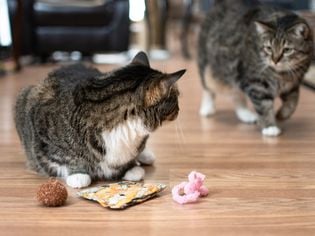

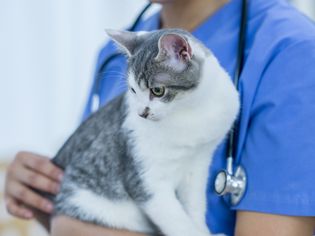
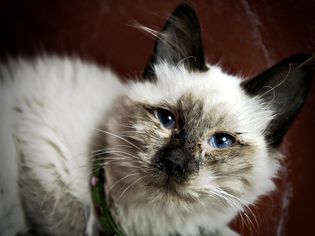
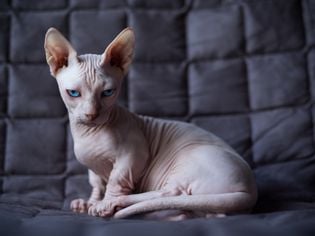
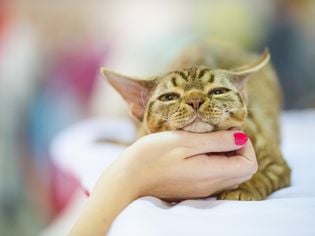
Comments on "Burmese: Cat Breed Profile, Characteristics & Care" :